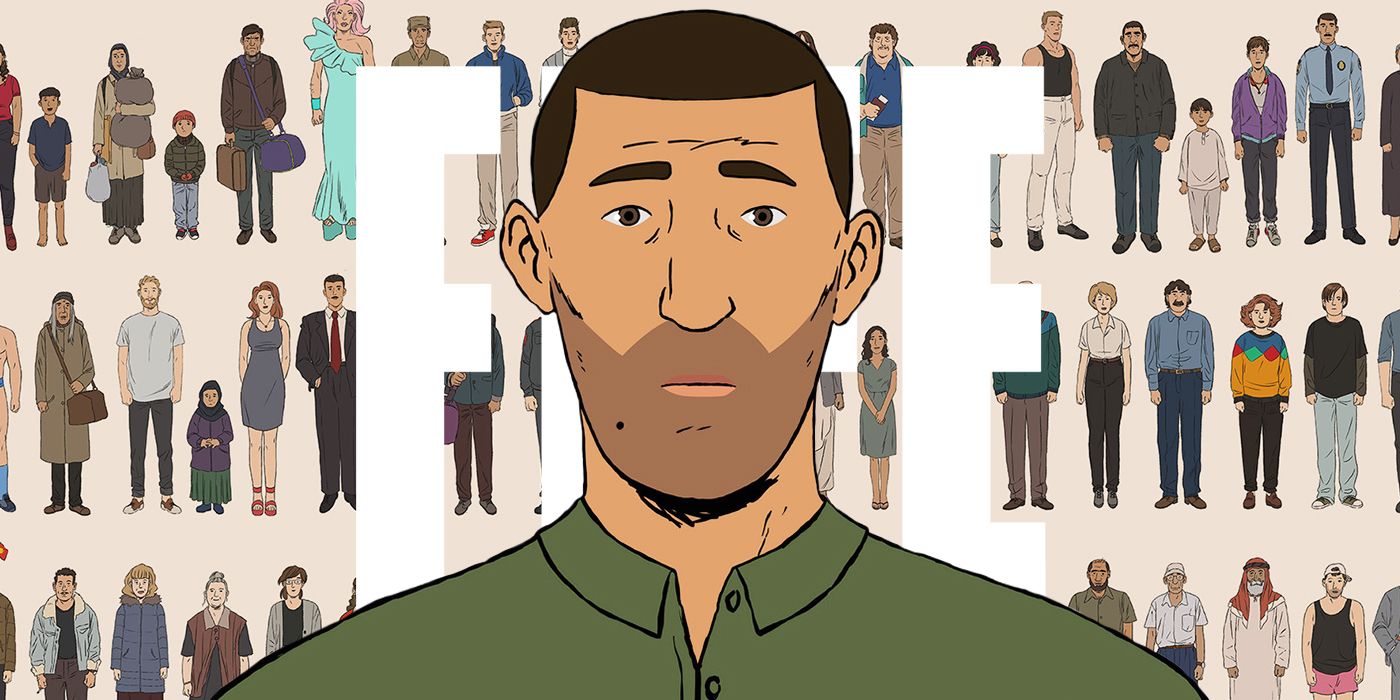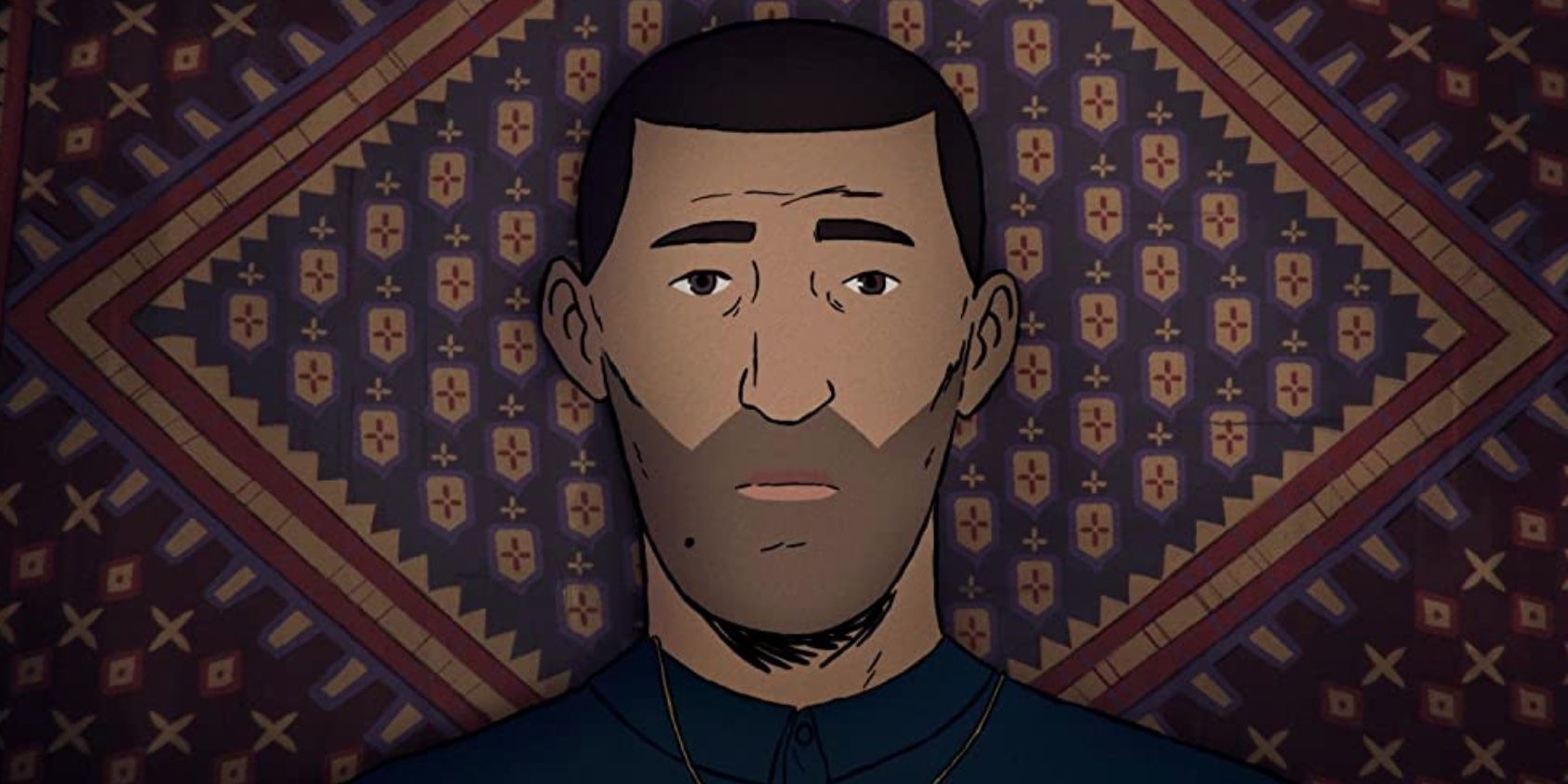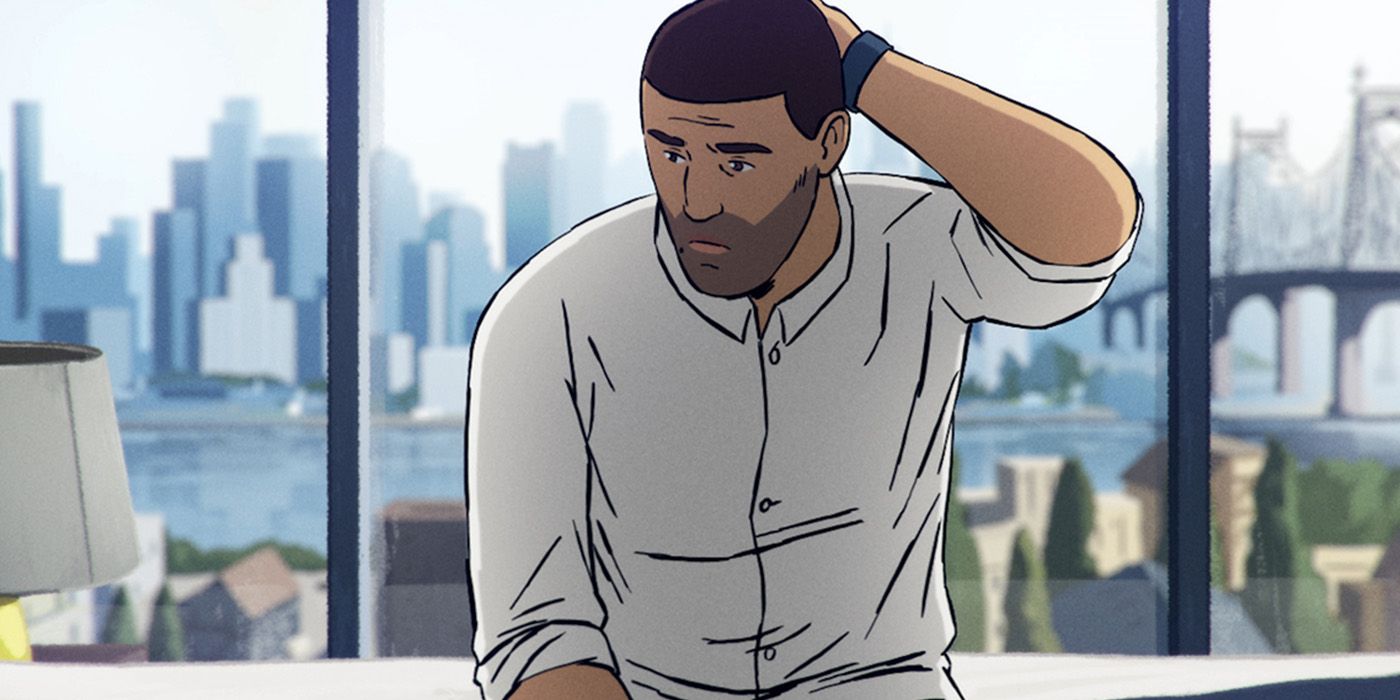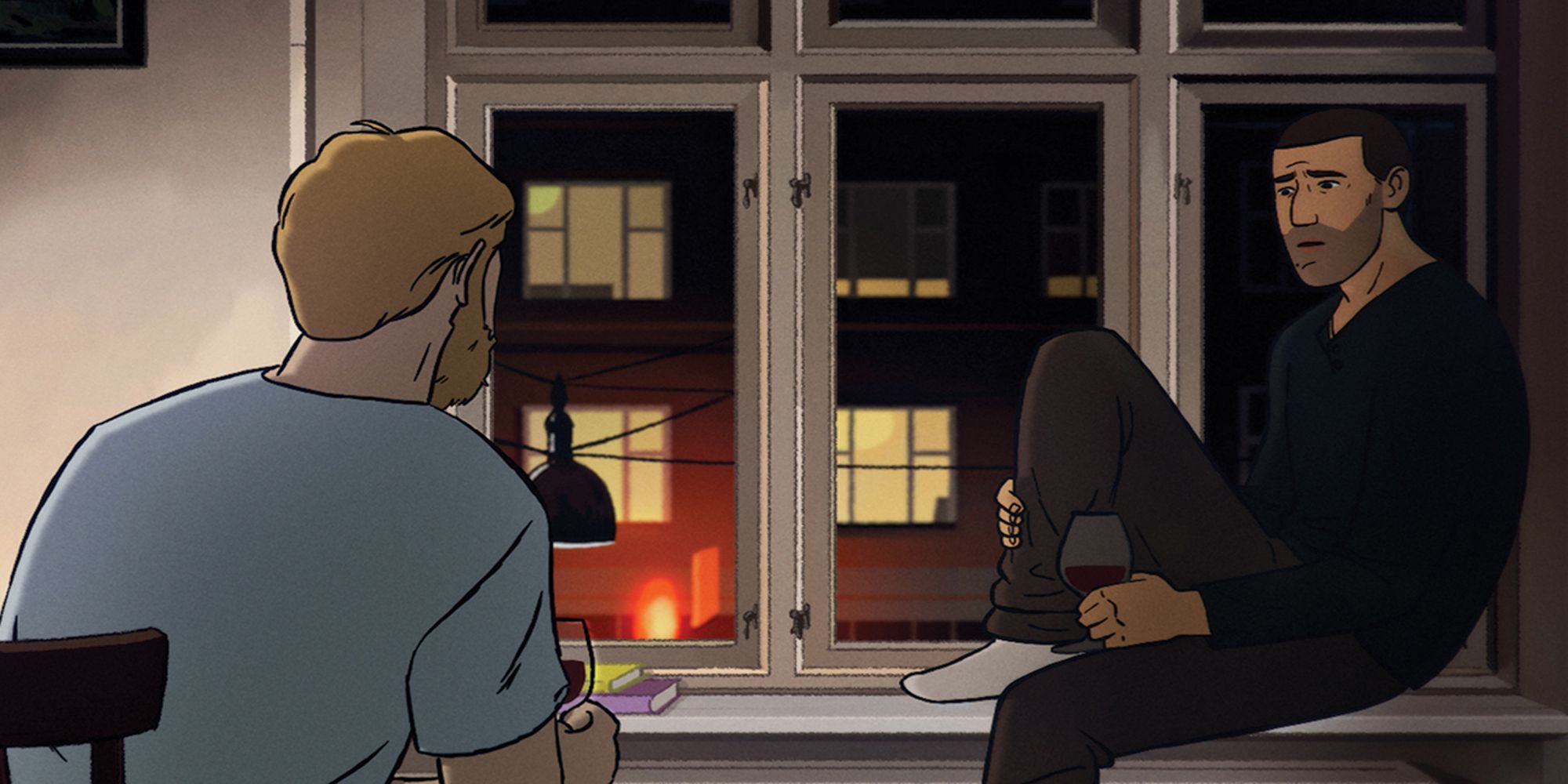Few documentaries have ever made as big a splash in awards season as Jonas Poher Rasmussen's 2021 Danish film Flee did. The movie premiered at the 2021 Sundance Film Festival to rave reviews and has been warmly received by every other awards body since. Flee details the story of an Afghan immigrant going by the pseudonym of Amin Nawabi who escaped from Afghanistan to Denmark in the height of the Afghan War in the 1980s. The movie has also achieved the landmark status of being the first Oscar entry to be nominated in the Best International Feature Film, Best Animated Feature and Best Documentary Feature categories. It’s a documentary unlike any other, using different art forms of animation to etch a deeply tragic and moving tale, and it is easily the best film, period, to come out of the 2021 calendar year.
Flee was born out of the years-long friendship between Rasmussen and Nawabi and plays out like a conversation between friends. Rasmussen has stated that the documentary feature was nine years in the making and had it not been for animation, the documentary’s subject wouldn’t have been able to open up and go in detail about his experiences. The animation is a huge part of the buzz around Flee and rightly so. The animation not only looks gorgeous, but it blurs the line between the traditional movie watching and documentary watching experience, with Flee playing out like a gorgeous animated movie more than a documentary. Documentaries and docu-series have boomed in recent years due to the popularity of streaming services. Netflix in particular has played a great role in their surgence, from the documentary feature film The Tinder Swindler, to the docu-series Tiger King (which spawned multiple seasons and became a cultural phenomenon) performing well. However, the use of animation in this case allows for the story of Flee to be presented in far greater detail than would have been possible with Nawabi just sitting down while bad actors recreate scenes from his life. Furthermore, the story itself lends more to animation than it would to a shot by shot recreation of his story due to the scope of the film itself.
A great example of a scene in Flee that illustrates this is the scene where Nawabi talks about getting away from Russia to Denmark covertly, in the back of the smugglers’ van with another man he’s slightly attracted to. There’s something quaintly beautiful about listening to Nawabi dictate his feelings as the animation reveals other emotions, thoughts and details, from the excitement and arousal of being confined in close quarters to someone you’re attracted to, to the streetlight gentle cascading down his face as the car drove through the city.
There’s also a brilliance in the way Rasmussen captured sound, with him tailing Nawabi while he was doing mundane activities like driving a car or walking up to his partner to record the sounds of their embrace. It’s these small details, superbly brought to life by the Danish animators that reel us in to Nawabi and make for a thoroughly intimate experience. One of the greatest assets of the film is its ability to not get lost in the doom and gloom, there are jokes intercut between the heart-wrenching narrative that pop up organically from two pals reminiscing about their time together. All this makes Amin Nawabi, a man whose name we still don’t know, a friend to us. His confusion at his own sexuality in the face of a heteronormative environment coupled with a life that forced him to be on the run and in search of an identity for much of his formulative years.
Flee is a class act in how it trades excess for subtlety to make its storytelling more impactful. There’s a number of scenes in the film where it could have leaned in to the horrific nature of what it was documenting but when the story gets to the darker parts (such as his sisters’ experience migrating to Sweden) it numbs the gory details down through art that is less expressive than the form constantly used in a film. This change not only allows for some respite amidst all the anguish and gives the viewer some breathing room but also allows them to digest the harsh reality in a way that is more palatable without the impact of the story or the scene being lost. There’s a lot of trauma expressed in the story and brought to life in painstaking detail in every scene, however, the attention to detail is also crucial in setting up the different settings without transcribing every little piece of information. From the posters of Jean-Claude Van Damme, to the Bollywood memorabilia in his house in Afghanistan, the film’s animation is an essential storytelling tool in invoking the nostalgia of those familiar with the time period and pop culture prevalent in the 90s in South Asia.
As the global focus shifts to war with the ongoing Russian invasion of Ukraine, Flee is a reminder of the ongoing global immigrant crisis and the importance of telling humane stories about the people the media gleefully depicts as greedy and alien. Flee busts the myth that immigrants from different backgrounds will not be able to assimilate in a culture different from theirs, by presenting a story of a gay man who comes from a family that accepts him for who he is and that he is able to survive tortuous circumstances, adapt to his life in Denmark and live a fulfilling life. There’s been a lot of discourse about the media's bias towards people of color, presented through the lens of the Ukraine takeover, and the white privilege that results in people from the Middle East, Africa and Asia not receiving the aid that they need from the press and governments. The film’s release in the wake of Taliban takeover of Afghanistan adds another tragic layer to a story that is already beset by sadness. With the cultural zeitgeist fixated firmly on Ukraine, it’s vital that we personify the nameless people caught up in a myriad of problems out of their control outside that region too.
Ultimately, Flee’s genre defying tale of illegal immigration exemplifies the struggles of people of color hostage to cruel circumstances, and reminds us to treat people from all walks of life with the same degree of compassion.




